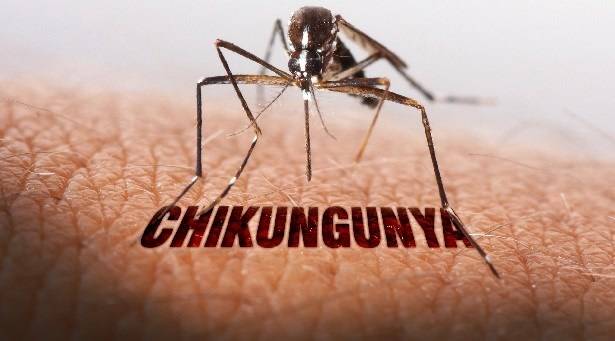After 2014-2016 Ebola virus epidemics in West Africa, 2015-2016 Zika virus epidemic in USA, and 2011 dengue outbreak in Pakistan which continues to surface every year, we are now being threatened by another rapscallion of microbiological world – Chikungunya virus. Though it was only recently that it gained prominence as an alarming issue to be addressed when its suspected outbreak began in Karachi, it is of paramount importance and relevance to whole Pakistan. The reason is simple yet quite dismaying: like dengue virus, Chikungunya is also primarily spread by the female Aedesaegypti mosquito, the vector being the most active during daytime. The virus has even been detected in a number of species of the genus Aedes, including A. albpictus which is more commonly known as Asian tiger mosquito.
The demarcation of Chikungunya’s potential risk and implications can be conveniently done by looking at the distribution of its mosquito vector. However, the global distribution of A. aegypti is expanding owing to global travel and trade. Currently, its distribution is the most extensive ever recorded, i.e. approximately across all continents. But why should we be actually worried? The answer is again very simple: female A. aegypti is the very vector which is responsible for the transmission of dengue virus in Pakistan. In case this recent epidemic is found to be caused by Chikungunya virus ever happens to get transmitted on this land through any means, i.e. blood transfusion, organ donation, or during pregnancy from mother to child, it can prove to be a grave peril.
Most cases of this disease have no symptoms but if present, they can resemble that of dengue fever, and include fever, headache, joint pain, conjunctivitis and rash. The incubation period may range between one and twelve days. The fever may result in acute and chronic phases in which viremia, that is spread of virus in blood from the site of infection, is followed by improvement in symptoms during which virus cannot be detected in blood. The fever may reach up to 104 ˚F and can last from a few days to a week, which is followed by stiffness and strong pain in joints that can last for years and cause near immobility of the affected joints. Neurological disorders, such as Guillain–Barré syndrome, have been reported but in rare cases and this fever seldom results in hemorrhagic complications in contrast to dengue fever.
As it is said that prevention is better than cure, the precautionary measures includes preventing mosquito bites by using insect repellents, covering body with clothes, using mosquito nets and getting rid of stagnant water. As of today there is no effective vaccine. Therefore, up till now, what we need to do is prevention and precaution. Because the most important problem has been aptly highlighted by T.K. Naliaka in the following words:
“Incredibly, just one mosquito species, Aedesaegypti is responsible for the spread of four known different deadly viral diseases to human beings, yet this mosquito has been allowed to infest densely-populated urban centres.”






